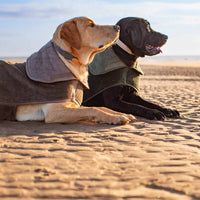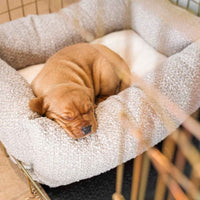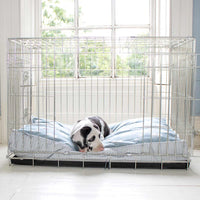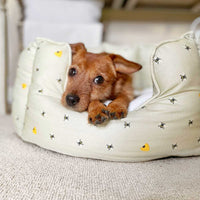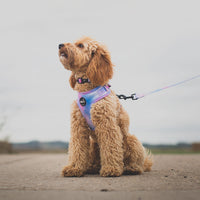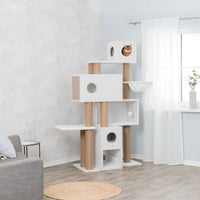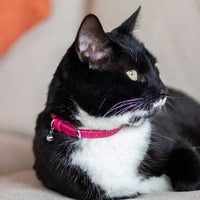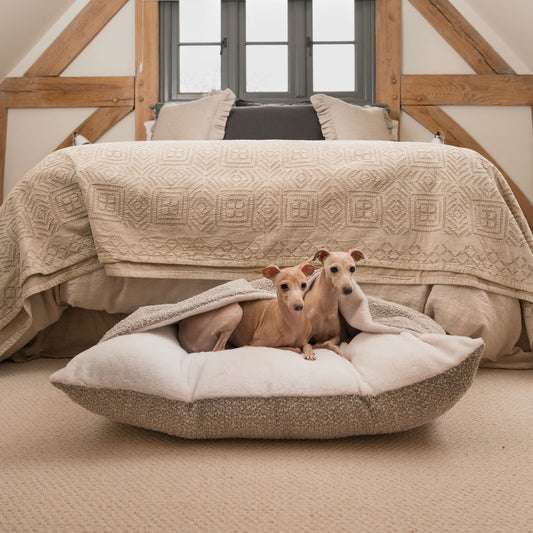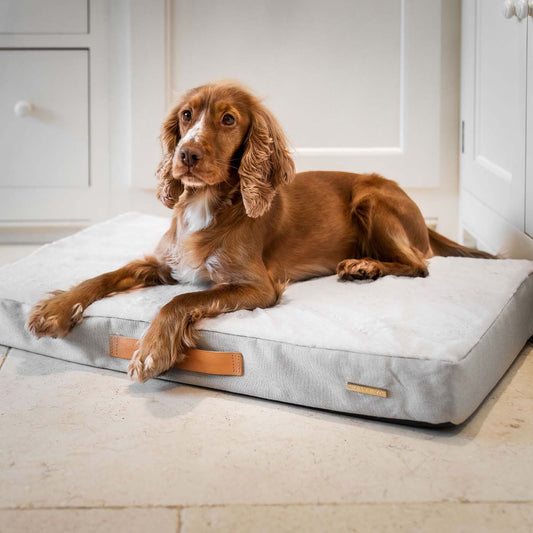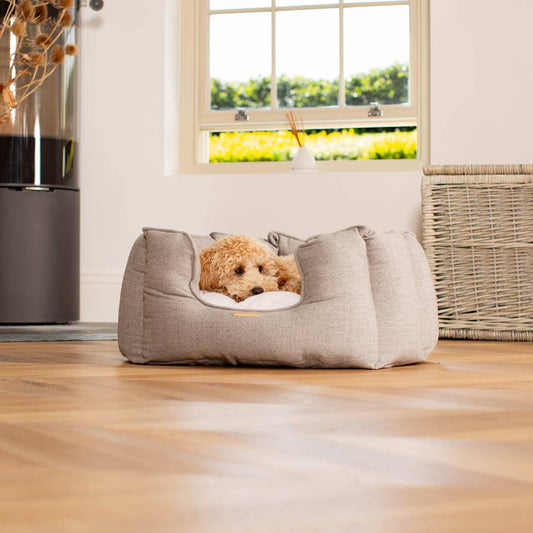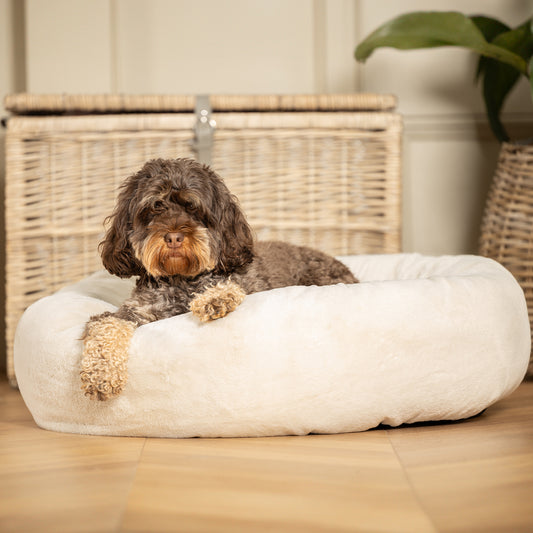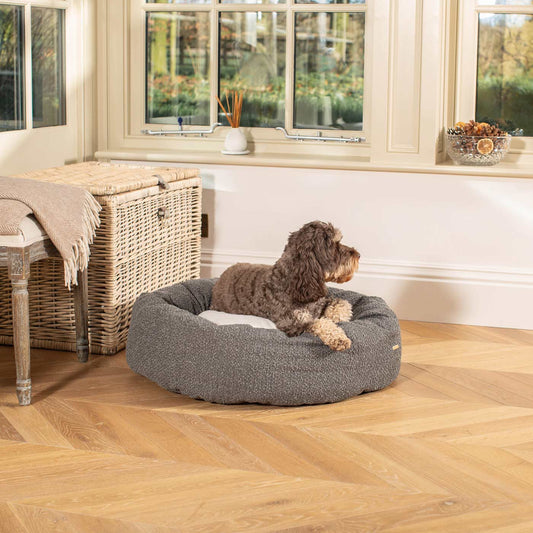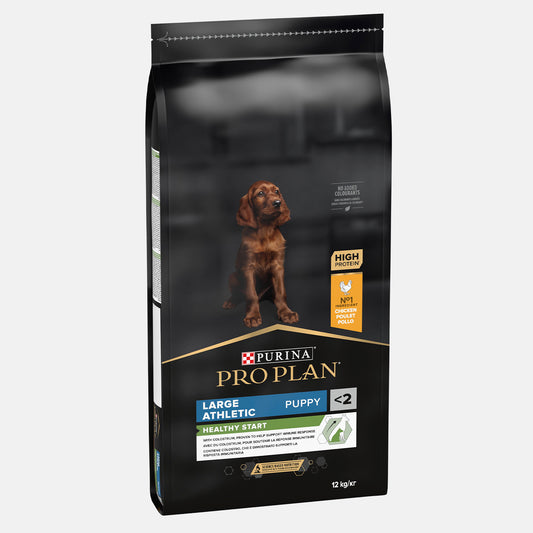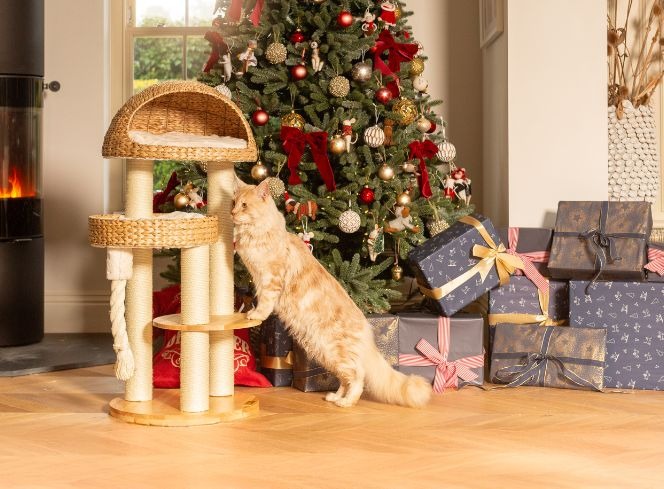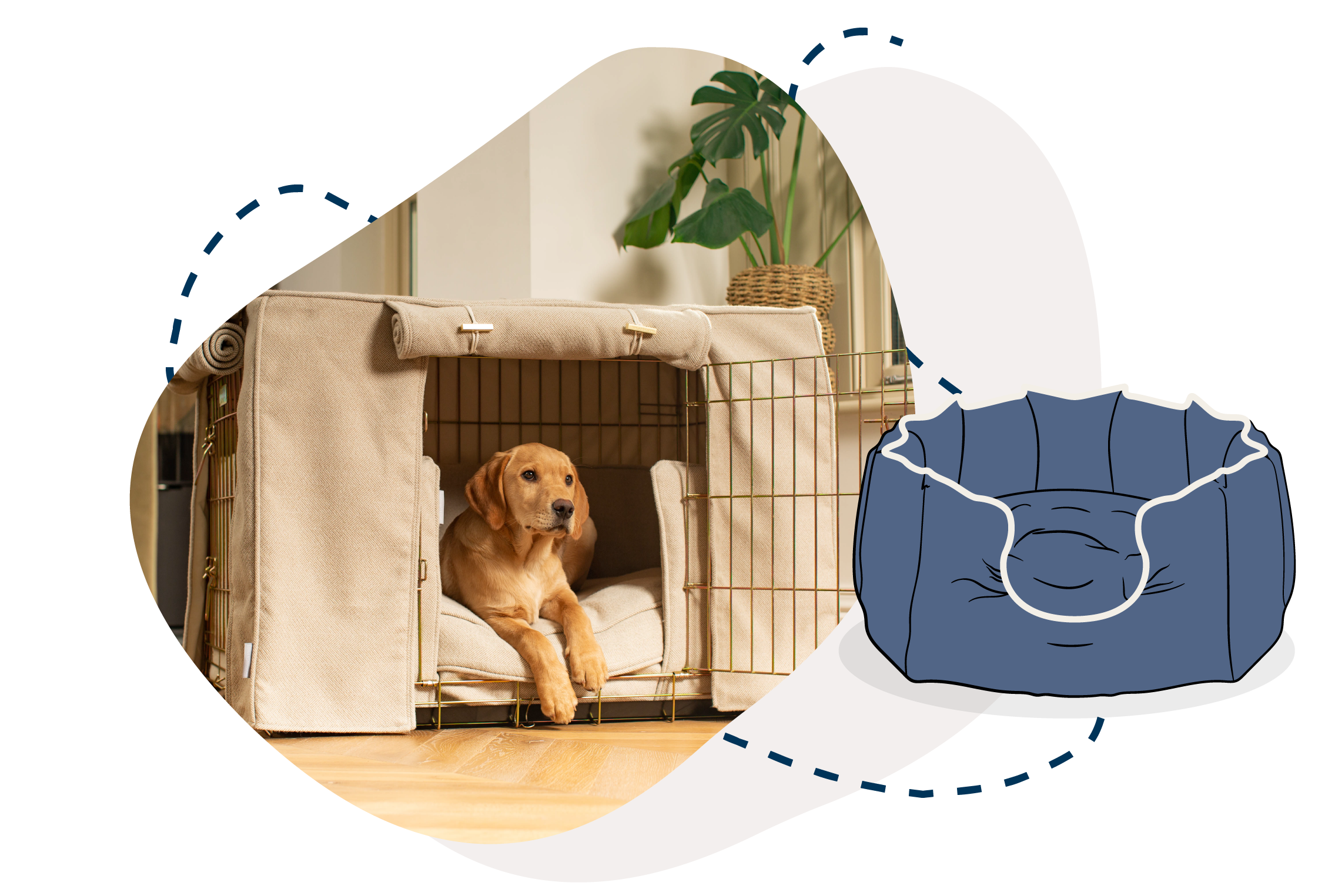
Am I Ready for a Puppy?
Getting a puppy is an exciting milestone, but it’s also a decision that comes with significant responsibility. Before you bring a bundle of furry joy into your life, it’s essential to make sure you’re truly ready for the commitment. From preparing your home to understanding the emotional impact, let’s explore everything you need to know about getting a puppy. The Emotional Impact of Getting a Puppy Welcoming a puppy into your life is an incredibly rewarding experience, but it’s not without its challenges. Many new owners experience something called the “puppy blues,” a sense of overwhelm that comes with the drastic changes a puppy brings to daily routines. Puppies require constant care, training, and supervision, especially in the first few months. It’s natural to feel regret or doubt during this adjustment period. You’re not alone if you’ve ever thought, “Did I make the right decision?” To combat these feelings, set realistic expectations and remind yourself that the challenging phase is temporary. Puppies grow and learn quickly, especially with consistent training and patience. Lean on resources like our blog on Top 10 Tips First-Time Dog Owners Wish They'd Known for guidance and reassurance. Is It Better to Get a Puppy or an Older Dog? One of the first questions to ask yourself is whether you’re ready for the high-energy demands of a puppy or if an older dog might be a better fit. Puppies require house training, socialisation, and plenty of time and energy. On the other hand, older dogs can come with some training and may have a calmer demeanour, making them ideal for families or individuals with busier schedules. However, it’s important to consider if you are rescuing a dog the behavioural challenges that may come with this and the time and work you will need to overcome these. If you decide on a puppy, remember that their first 16 weeks are crucial for socialisation. Some people worry about whether 16 weeks is too old to get a puppy, but the answer depends on the care and exposure the puppy has had up to that point. A well-cared-for 16-week-old puppy can still adapt beautifully to your home with proper training and love. Preparing Your Home for a Puppy Preparation is key when getting a puppy for the first time. Puppies are curious and mischievous, so ensuring your home is safe and equipped with the right essentials will make the transition smoother for both you and your new companion. Getting a Puppy Checklist: Dog Crate: A crate is an invaluable training tool that provides a safe space for your puppy to rest and helps with house training. We recommend a durable and appropriately sized crate, such as our heavy duty deluxe dog crates. If you want more information on crate training check out our Complete Dog Crate Guide, which has all of our Pet Experts tips and tricks getting the perfect crate set up as well as crate training your puppy. Puppy Playpen: Playpens are ideal for keeping your puppy secure while giving them space to move around. They’re perfect for moments when you can’t keep an eye on your pup. Our play pens can attach to your pups crate too acting as a crate expansion pack, perfect for giving them a little more freedom! Puppy Bed: A cosy bed is a must-have for ensuring your puppy feels comfortable and secure. Our Cosy & Calming puppy crate beds work perfectly as both a crate bed or a standalone bed. Alternatively our Grow With Me Puppy Beds are perfect for pups who love to curl up and be cocooned to sleep. Toys: Puppies need mental stimulation and chewing outlets. Invest in a variety of toys, including chew toys, plush toys, and interactive puzzles. Shop our range of puppy toys here to keep your pup busy. Food and Water Bowls: Opt for non-slip, easy-to-clean bowls. Consider investing in a slow feeder bowl if your puppy eats really quick, it will slow them down aiding better digestion. Collar, Lead, and Harness: Start with a soft, adjustable collar, harness and a lightweight lead. A harness which is adjustable on both the neck and chest is ideal for growing puppies, we love both the Cocopup harnesses and the Ruffwear harnesses for this. Training Pads: Accidents are inevitable. Puppy training pads help with house training in the early days. Grooming Supplies: Puppies need regular grooming. A gentle puppy shampoo, brush, and nail clippers should be part of your kit. Our PetPlex puppy purifier collection is a great starting point for your puppy, it’s gentle on their skin and smells like baby powder which we just love. Visit our website to shop for these puppy essentials and more. A well-prepared home sets the foundation for a smoother transition. The Pros and Cons of Getting a Puppy Pros: Unmatched Bond: Raising a puppy from the start builds a deep bond that lasts a lifetime. Training Control: You can shape their behaviour and habits from a young age. Energy and Playfulness: Puppies bring joy and energy into your life, making them ideal for active families. Cons: Time Commitment: Puppies require round-the-clock care in the early months. Financial Costs: From initial vaccinations to food and supplies, puppies can be expensive. Learn more about the cost of owning a dog to prepare your budget. Emotional Strain: The adjustment period can be challenging, and you may experience moments of doubt. By weighing the pros and cons, you can make an informed decision that aligns with your lifestyle. What to Do When You Get a Puppy Once your puppy arrives, the first few weeks are crucial for establishing routines and building trust. Here are some key steps to follow: House Training: Use positive reinforcement to teach your puppy where to go to the toilet. Be patient and consistent. Try taking them outside every hour in those first couple of weeks until they go to the toilet to help teach them where to go. Socialisation: Expose your puppy to various environments, people, and other animals during the early weeks to build confidence. Just make sure they have their vaccines before introducing them to other dogs. Vet Visits: Schedule vaccinations, deworming, and a general health checkup with your vet. Also check that your puppy’s microchip details are up to date, your vet should be able to check this for you. Establish Routines: Set regular schedules for feeding, playtime, and training to help your puppy adjust to their new home. Training Basics: Start with simple commands like “sit,” “stay,” and “come”, as well as teaching your puppy their name. Consistent, reward-based training is key to success. If you are a first time dog owner you may benefit from some puppy classes, as much as these are to help train your puppy they are also to give you the confidence and tools to be a good dog owners and can be really beneficial. Final Thoughts: Are You Ready? Getting a puppy is a life-changing decision that brings immense joy and love but also requires significant time, effort, and resources. By considering the emotional and practical aspects, preparing your home, and equipping yourself with the right tools, you can set yourself and your puppy up for success. If you’re still unsure, check out our puppy section on our Information Hub for further insights from our Pet Experts. And remember, Lords & Labradors is here to support you every step of the way with premium products and expert advice. Shop all of your puppy essentials here at Lords & Labradors.


























